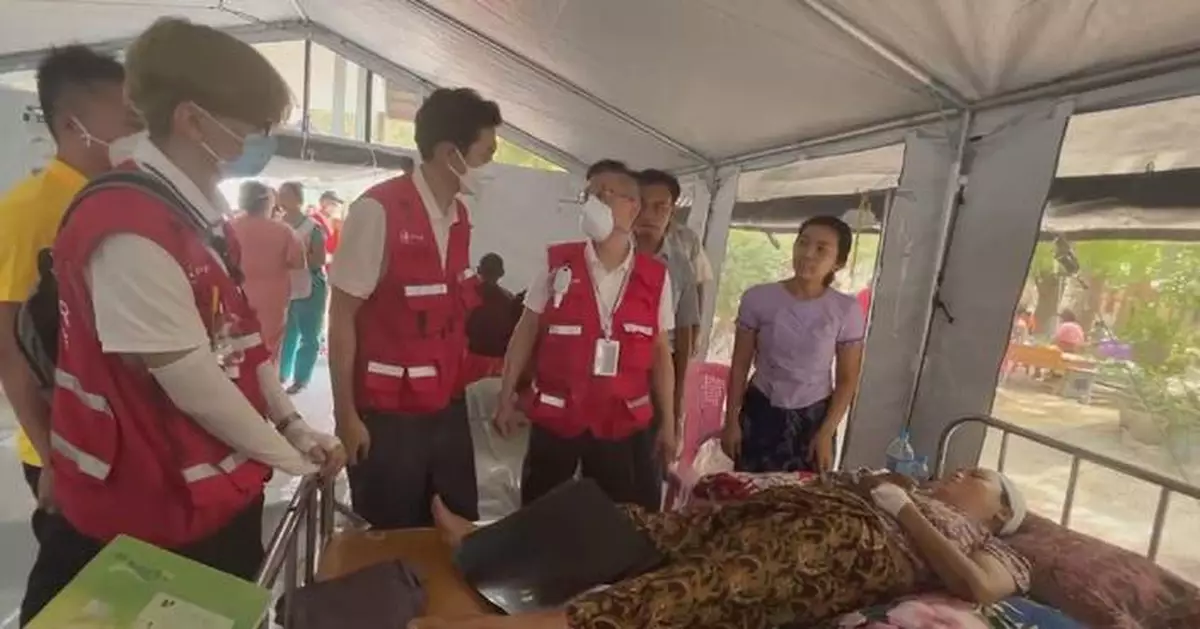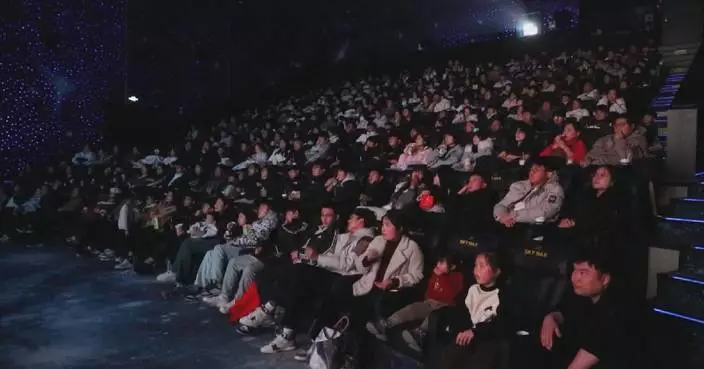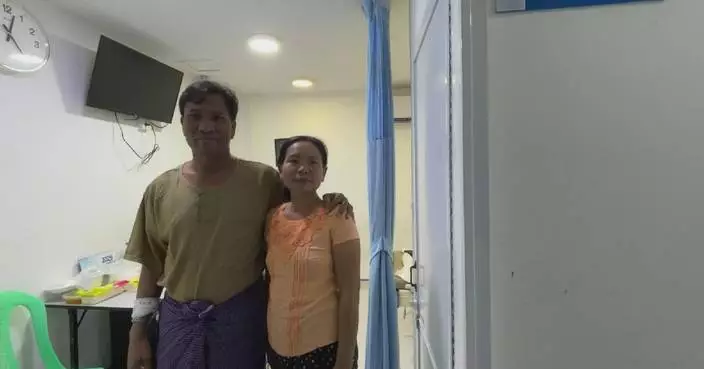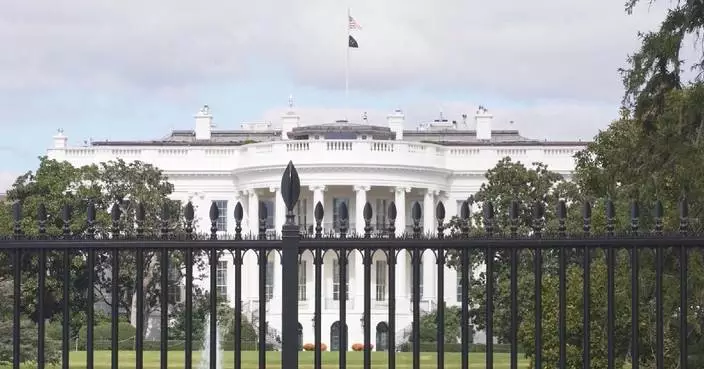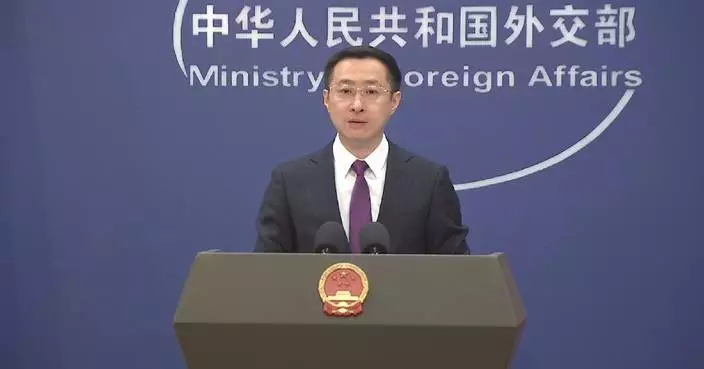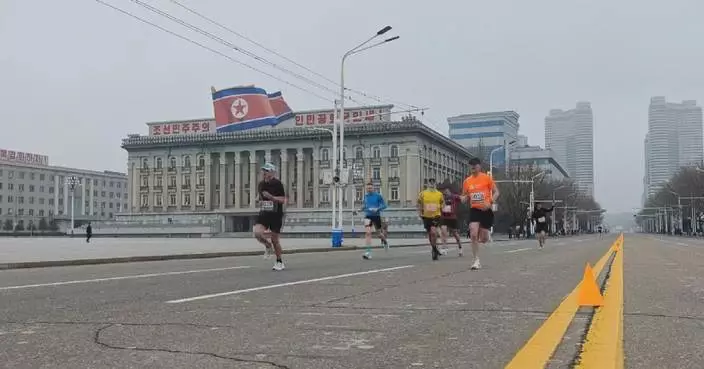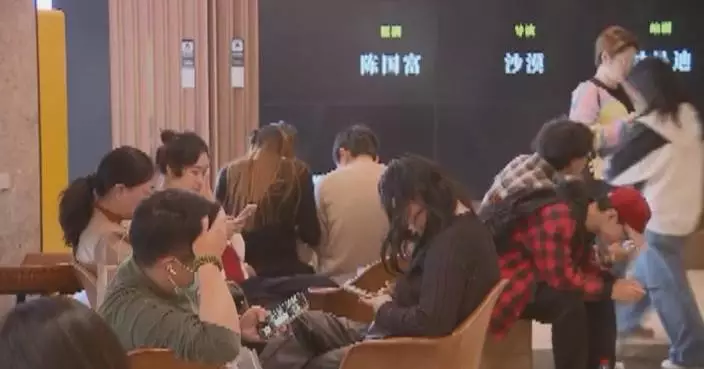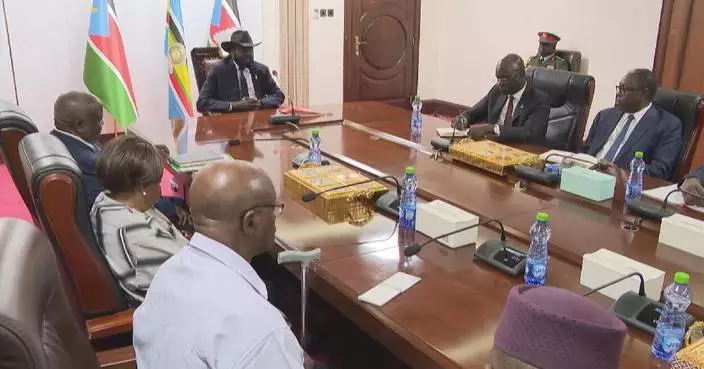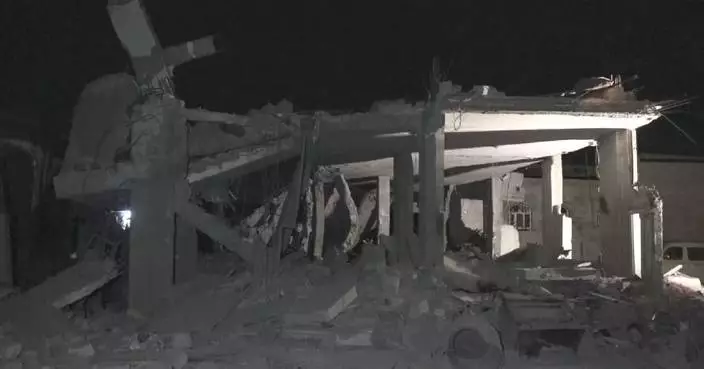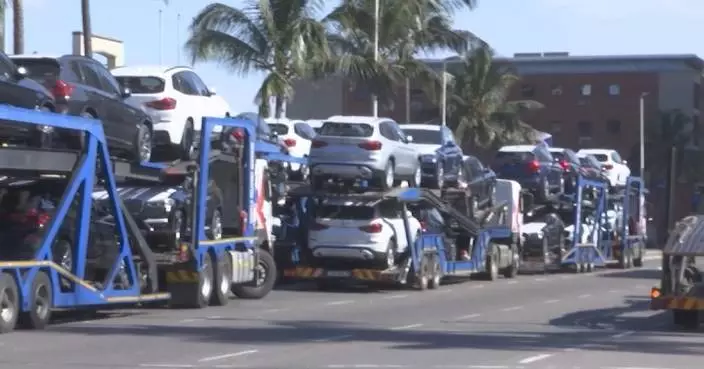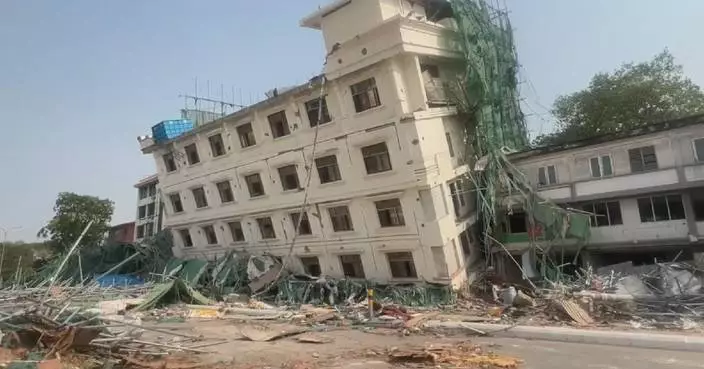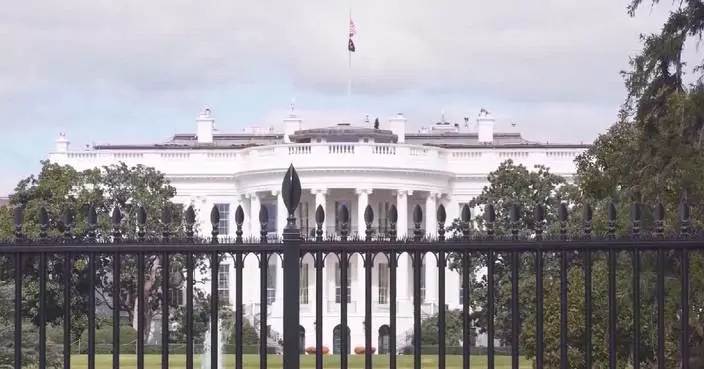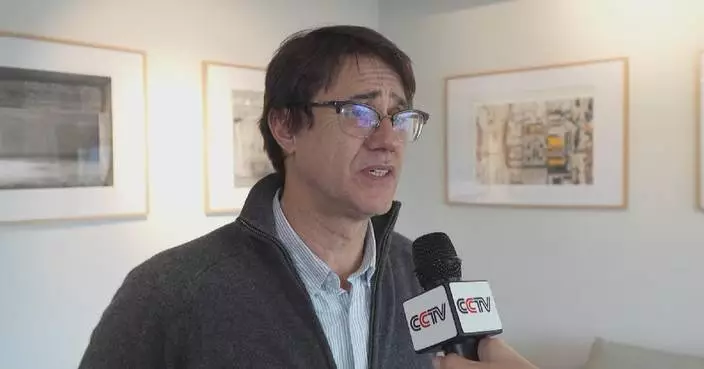Chinese medical teams arrived at a medical aid station in Amarapura, Mandalay, one of the worst-hit areas by the recent devastating earthquake in Myanmar, on Thursday, to offer medical consultations and treatment, and provide essential supplies to those affected by the disaster.
Mandalay in central Myanmar has been the hardest hit region after a powerful 7.9-magnitude earthquake struck the country last Friday, with 2,053 people killed, 2,691 others injured and 210 people still missing as of Thursday, state-run daily Myanma Alinn reported on Friday.
As of Thursday, the death toll across the country from the earthquake had risen to 3,145, with 4,589 others injured and 221 missing, the Myanmar Radio and Television reported.
"My father was already in poor health, and when the house collapsed, his feet were injured. He was then taken to the hospital for treatment. His back and chest were also injured. He also suffers from other health problems," said a local resident.
"Currently, the most common injuries we have treated here are external wounds and fractures. At present, many locals can only stay outdoors. With the disruption of water supply, there is a high risk of diarrhea. Dengue fever is another common disease that often emerges after such a disaster. There is a severe shortage of medicines, and we were unprepared with earthquake measures or stockpiled supplies. Anti-inflammatory medications are urgently needed for external wounds and fractures. Due to prolonged exposure to the intense heat, saline solutions and energy drinks are also required. Additionally, medicines to treat diarrhea are urgently needed," said a Myanmar nurse.
Following the devastating earthquake, multiple Chinese rescue teams have arrived in the disaster-stricken areas, working with local responders to carry out relief operations.
To address the shortage of medical supplies, Chinese medical teams have brought large amounts of essential medicines with them. Meanwhile, Chinese medical personnel are collaborating with local doctors to provide assistance to quake-affected people.
"We call this a mobile pharmacy. After the earthquake, people have dispersed to various areas, making it difficult for many to access government hospitals. Today, we are here at a small medical aid station where there is an urgent need for medicines. The demand for supplies varies across different hospitals and medical stations, with some requiring more orthopedic medications, while others need more internal medicine supplies. To address these varying needs, we developed this innovative model, allowing them to select the specific medicines they require," said Xue Yu, leader of a civil medical team from China.
"Our main focus is to provide technical guidance, including conducting medical rounds and offering services at temporary settlements. Local hospitals should also pay attention to hygiene issues, as outbreaks of diseases can occur after major disasters. Simply treating patients may not be enough; efforts must also be made to prevent and control issues such as water contamination or diseases spread by mosquitoes. These are challenges need to be addressed in the later stages," said Zhang Tao, an orthopedic trauma surgeon from Tianjin Hospital, China.
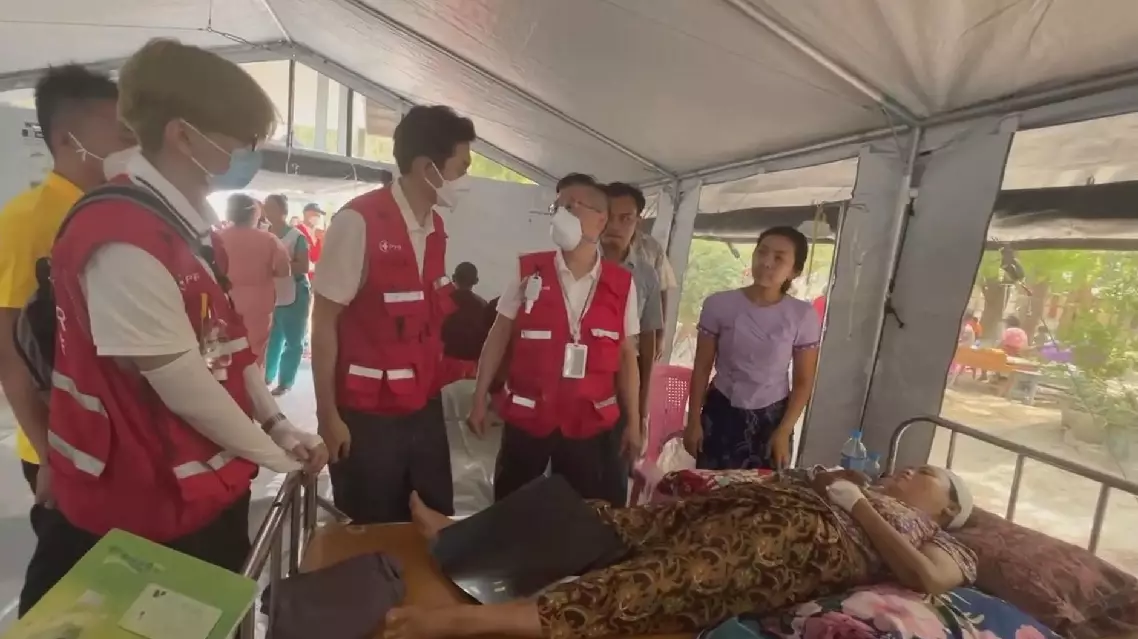
Chinese medical teams provide assistance for quake-affected people in Mandalay
Leaders of the China Search and Rescue Team dispatched to Myanmar following a deadly earthquake recalled details of their difficult rescue operations.
The powerful 7.9-magnitude quake, the strongest recorded in the country in a century, rocked the Sagaing Region of Myanmar on March 28, with the epicenter close to Mandalay, the country's second-largest city.
As of April 2, the China Search and Rescue Team had successfully participated in the rescue of five survivors since arriving in the earthquake-stricken area in Myanmar. Chinese rescue forces as a whole had rescued a total of nine survivors.
Zhao Ming, head of the Chinese national rescue team, said in an interview with China Media Group that the high temperature increased the difficulty of rescue. Fortunately, the rescue team received support from the local people.
"We brought along some necessary medicines and equipment, and actively sought solutions locally. I think our actions inspired the local people, who spontaneously sent us some drinks and many electric fans. Of course, we also took strict measures on the rescue scene. The smell of decay was very strong at the earthquake site, so we asked our operation teams to conduct disinfection before leaving the site and after returning," Zhao said.
On March 31, the China Search and Rescue Team pulled out four survivors - three adult females and a girl - after 13 hours of hard work in Myanmar's seriously-hit Mandalay City.
At 00:40 March 31 local time, an adult female trapped for nearly 60 hours was rescued after over five hours of relentless work, marking the first survivor rescued by the team in the city.
Without pausing for rest, the rescuers immediately moved to another nearby site at the Sky Villa apartment complex.
Recalling details of the rescue mission, Li Guangnai, deputy leader of the China Search and Rescue Team, said that effective search and rescue methods improved efficiency at the dangerous and complicated structure.
"When we rescued the second and third survivors, they were in Block C of the apartment, which collapsed like a pancake. After arriving at the scene, the rescuers went to the roof according to the direction given by the survivors' family members. When we used the radar life detector on the roof, we did not find them. So we created absolute silence by suspending all rescue operations and then knocked on the floor with stones to transmit the sound to see if there was any response from the trapped people. We knocked continuously and received a response from inside. Through the sound, we quickly confirmed the approximate location. According to the evaluation of the experts on the scene, we used a method of top-to-bottom demolition for the rescue," Li said.
At 05:37 on the day, a 5-year-old girl who was buried in Block C of Sky Villa was rescued. Li said the girl was curled up in fear in the corner of the wardrobe when being found, protecting her head with a teddy bear.
About an hour later, a woman who was buried in the same rubble was successfully rescued. She was 26 weeks pregnant. At around 07:15, a 29-year-old woman trapped in Block A of Sky Villa was pulled out of the debris. She was trapped under the broken beam on the sixth floor for 65 hours.
Another survivor was miraculously pulled out alive from beneath the rubble of a collapsed hotel in central Myanmar's disaster-hit Mandalay City on April 2. The male survivor was said to be in a stable condition after spending nearly 125 hours buried among the ruins of the Golden Country Hotel building.
Zhao said that after the 72-hour "golden window" for rescue, the China Search and Rescue Team would begin to cooperate with local authorities to carry out diagnosis and treatment of the injured and disaster assessment.
"As the possibility of finding survivors in the disaster area decreases, our team can assist the local area in some other work. For example, today we officially set up an outpatient clinic on the street with the permission of the local government. Our earthquake engineering experts can conduct emergency assessments on some buildings," he said.
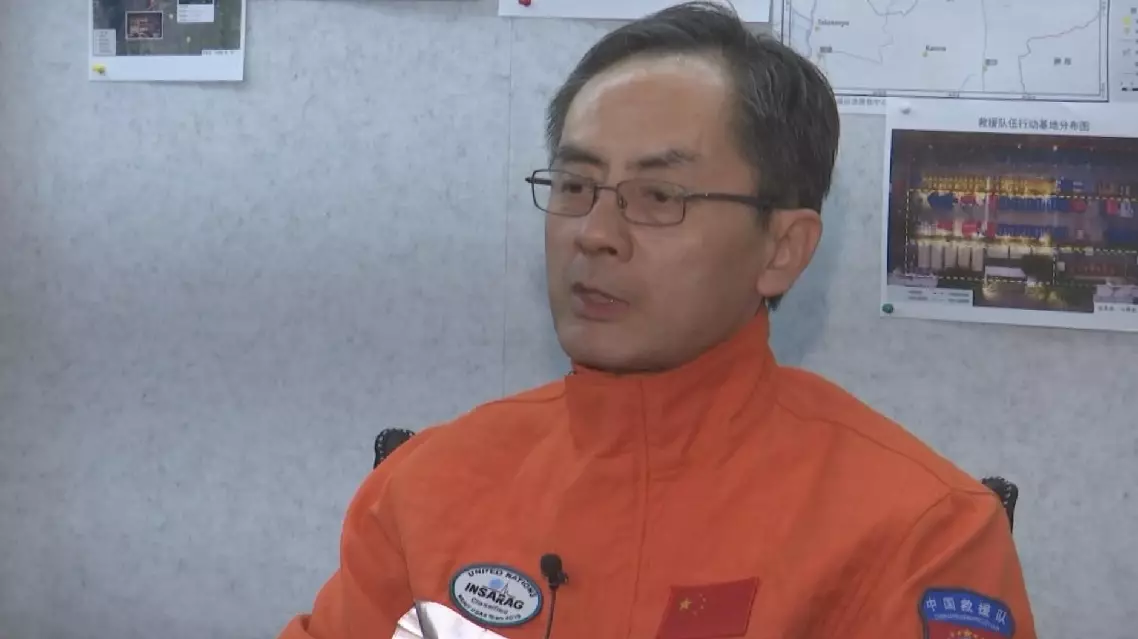
Chinese rescue team recalls details in Myanmar earthquake rescue missions



